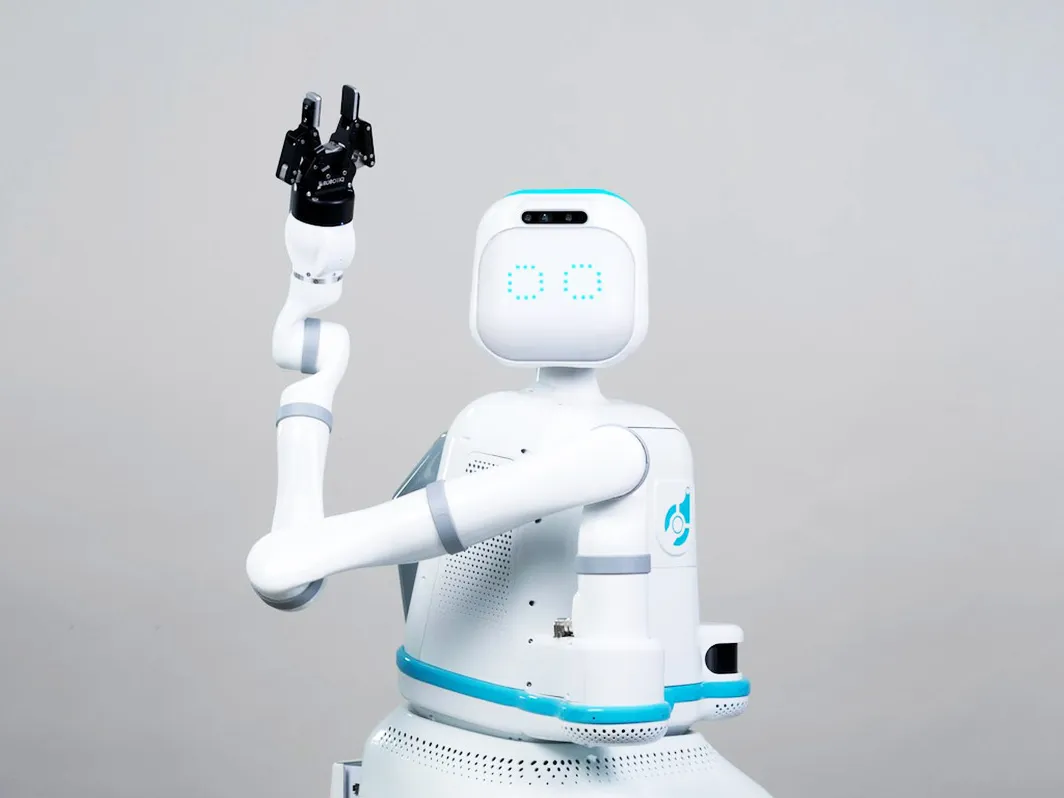
In a pioneering advancement that could significantly elevate the standards of trauma care, a doctoral student at Johns Hopkins University has engineered an AI-powered robot with the potential to save lives by swiftly identifying and treating internal bleeding in trauma patients during their critical transport to the hospital. This innovative development is not just a leap in medical robotics but a monumental stride towards harnessing the power of artificial intelligence (AI) in emergency medical interventions.
The Golden Hour: A Race Against Time
The golden hour refers to the first sixty minutes following a traumatic injury, a period crucial for the patient’s survival chances. Lidia Al-Zogbi, the brain behind this revolutionary project, explains that a considerable percentage of pre-hospital trauma deaths are potentially preventable, with uncontrolled internal bleeding being a leading cause. Recognizing the urgency to act within this golden window, Al-Zogbi’s work focuses on drastically reducing the time it takes to diagnose and treat internal hemorrhages, a common but perilous outcome of traumatic injuries.
How the AI-Powered Robot Works
The robot, a product of Al-Zogbi’s dedication and extensive research, is designed to perform a FAST (Focused Assessment with Sonography in Trauma) Scan using ultrasound technology. This enables it to detect internal bleeding while the patient is en route to a medical facility. Upon identifying a hemorrhage, the robot can insert an intra-arterial balloon catheter to temporarily stem the blood flow, giving the patient a fighting chance to reach the hospital for surgical intervention.
Bridging the Technological Gap in Emergency Care
One of the notable challenges in pre-hospital trauma care is the underutilization of ultrasound technology due to its conventional tethering to hospital workstations. Al-Zogbi’s robot addresses this gap by mobilizing ultrasound technology, making it accessible in ambulances and thus, enabling early diagnosis of internal bleeding. This not only buys crucial time for the responding medical professionals but also significantly improves the odds of survival and recovery for the patients.
A Lifesaving Leap Forward
The development of this AI-powered robot represents a significant leap forward in emergency medical technology. By integrating robotics and AI, this innovative approach has the potential to transform pre-hospital trauma care, offering hope and saving lives in situations where every second counts. As we continue to explore the capabilities of AI and robotics in healthcare, projects like Al-Zogbi’s shine a light on the promising future of medical interventions, making once-distant futures a present reality.